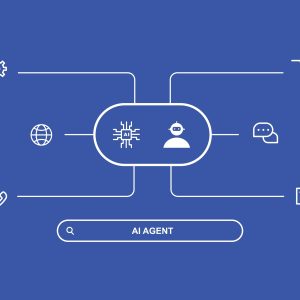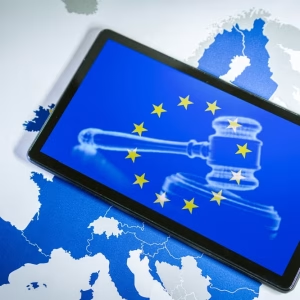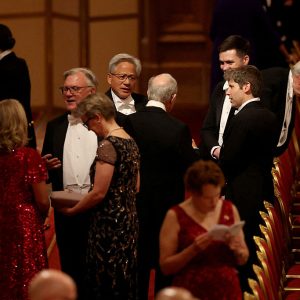Purdue University researchers have developed a new ‘ultracold’ molecule, which they claim may give a boost to quantum computing, precise sensors and advanced simulations.
Researchers used lasers to cool atoms to almost to absolute zero and then bond them together, forming a molecule and bring atoms to nearly idle position.
The technique dubbed as ‘photoassociation’, the process further involves new chemical interactions that are predominantly quantum mechanical in nature.
Purdue University physics and electrical and computer engineering associate professor Yong Chen said: "It sounds counterintuitive, but you can use lasers to take away the kinetic energy, resulting in radical cooling."
According to researchers, it was the first successful attempt to achieve the milestone with the alkali metals lithium and rubidium.
The lithium-rubidium molecule, created by researchers, is suitable for multiple applications such as quantum computing, as its dipole moment enables molecules to be used as ‘quantum bits’.
Researchers noted that quantum computers would exploit a phenomenon called ‘entanglement’.
Purdue University electrical and computer engineering and physics professor Daniel Elliott said in quantum computing the larger the dipole moment the stronger the interaction would be between molecules, and you need that interaction.
"They need to interact with each other in order to affect each other, the key to entanglement," Elliott said.
According to researchers, another potential benefit for the lithium-rubidium molecule is that it can be developed in huge quantities.
"The rate of production is much greater for lithium-rubidium than for other bi-alkali-metal molecules," Chen added.
"It was already known that it has the third largest dipole moment among bi-alkali-metal molecules, but nobody expected it would be made so efficiently.
"Lithium rubidium is one of the last bi-alkali molecules to be made cold, and we are the first to do this.
"People knew virtually nothing about these molecules."






